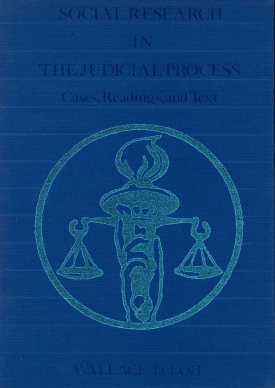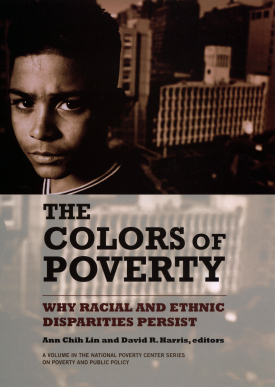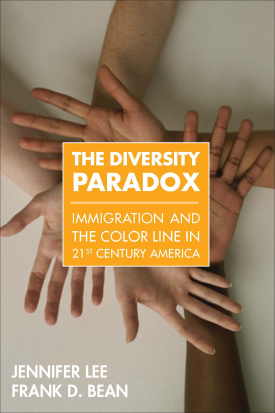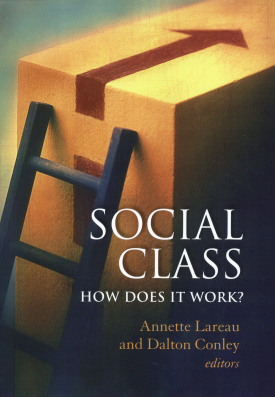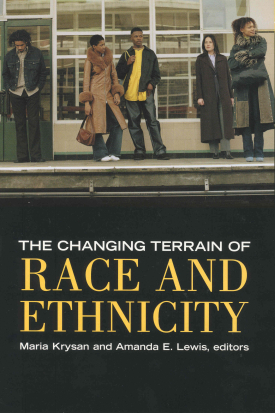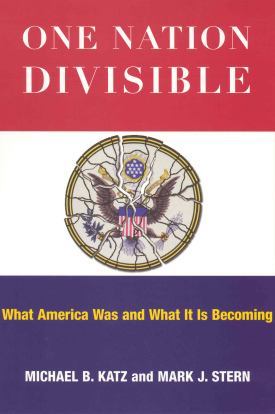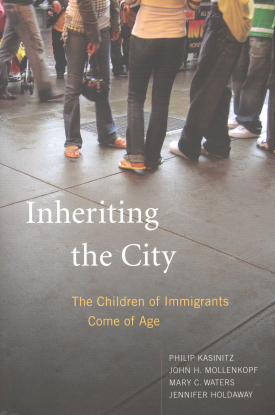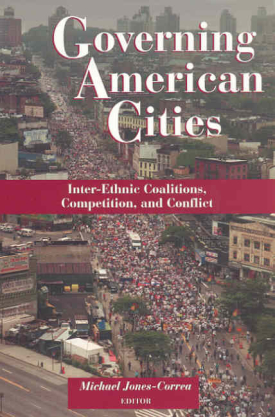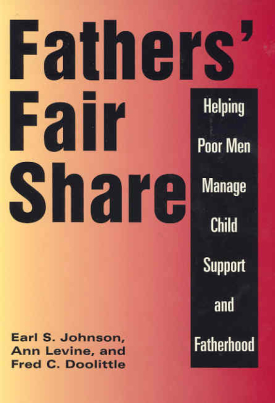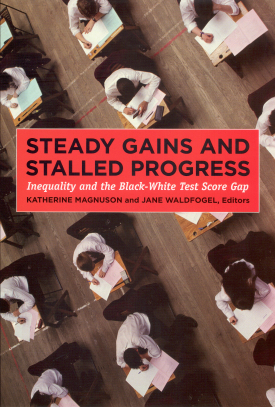
Steady Gains and Stalled Progress
About This Book
Addressing the disparity in test scores between black and white children remains one of the greatest social challenges of our time. Between the 1960s and 1980s, tremendous strides were made in closing the achievement gap, but that remarkable progress halted abruptly in the mid 1980s, and stagnated throughout the 1990s. How can we understand these shifting trends and their relation to escalating economic inequality? In Steady Gains and Stalled Progress, interdisciplinary experts present a groundbreaking analysis of the multifaceted reasons behind the test score gap—and the policies that hold the greatest promise for renewed progress in the future.
Steady Gains and Stalled Progress shows that while income inequality does not directly lead to racial differences in test scores, it creates and exacerbates disparities in schools, families, and communities—which do affect test scores. Jens Ludwig and Jacob Vigdor demonstrate that the period of greatest progress in closing the gap coincided with the historic push for school desegregation in the 1960s and 1970s. Stagnation came after efforts to integrate schools slowed down. Today, the test score gap is nearly 50 percent larger in states with the highest levels of school segregation. Katherine Magnuson, Dan Rosenbaum, and Jane Waldfogel show how parents’ level of education affects children’s academic performance: as educational attainment for black parents increased in the 1970s and 1980s, the gap in children’s test scores narrowed. Sean Corcoran and William Evans present evidence that teachers of black students have less experience and are less satisfied in their careers than teachers of white students. David Grissmer and Elizabeth Eiseman find that the effects of economic deprivation on cognitive and emotional development in early childhood lead to a racial divide in school readiness on the very first day of kindergarten. Looking ahead, Helen Ladd stresses that the task of narrowing the divide is not one that can or should be left to schools alone. Progress will resume only when policymakers address the larger social and economic forces behind the problem. Ronald Ferguson masterfully interweaves the volume’s chief findings to highlight the fact that the achievement gap is the cumulative effect of many different processes operating in different contexts.
The gap in black and white test scores is one of the most salient features of racial inequality today. Steady Gains and Stalled Progress provides the detailed information and powerful insight we need to understand a complicated past and design a better future.
KATHERINE MAGNUSON is assistant professor of social work and a faculty affiliate at the Institute for Research on Poverty at the University of Wisconsin, Madison.
JANE WALDFOGEL is professor of social work and public affairs at Columbia University.
CONTRIBUTORS: Mark Berends, Mary E. Campbell, Sean P. Corcoran, Elizabeth Eiseman, William N. Evans, Ronald F. Ferguson, David Grissmer, Robert Haveman, Helen F. Ladd, Jens Ludwig, Roberto V. Penaloza, Meredith Phillips, Dan T. Rosenbaum, Jacob L. Vigdor, Tina Wildhagen, Barbara L. Wolfe.
An Institute for Research on Poverty Affiliated Book on Poverty and Public Policy

